Finally: Four technologies that eliminate shoelace-tying
It’s time for shoelaces to go.
Now, you might think I’m crazy to say that (even more than usual). You might, like my wife, consider shoelaces to be the international winner of the First-World Problems Pageant. You might wonder why there’s an entire industry of products designed to replace shoelaces.
But the fact that that these products exist tells you that I’m not alone. That millions of people consider shoelaces to be a time-consuming, fussy, antique technology.
Shoelaces come undone, they drag in the mud, they get filthy, they flop into escalators and injure people. Thousands of people struggle to tie them at all—the very young, the very old, and the disabled. Every time you double-knot a kid’s shoes to stay tied, a little voice should tell you that something’s wrong with that design.
So this week, I dug into four of those shoelace-replacement technologies. (There are many more, but most follow the same design principles as these four.) And I’m happy to report that, 925 words from now, you’ll know exactly what to buy so that you, too, can abandon the crude, clumsy, centuries-old practice of tying and untying shoes.
Lace Anchors
Twelve dollars buys you six tiny plastic tabs (enough for three pairs of shoes), each pierced with three holes. To install them, you’re supposed to re-route your existing laces so that they enter the topmost shoelace holes from the outside. Then, using an in/out/around pathway, you fasten the lace to the plastic tab on the inside of your shoe. You’ll wind up watching the installation video a few times.
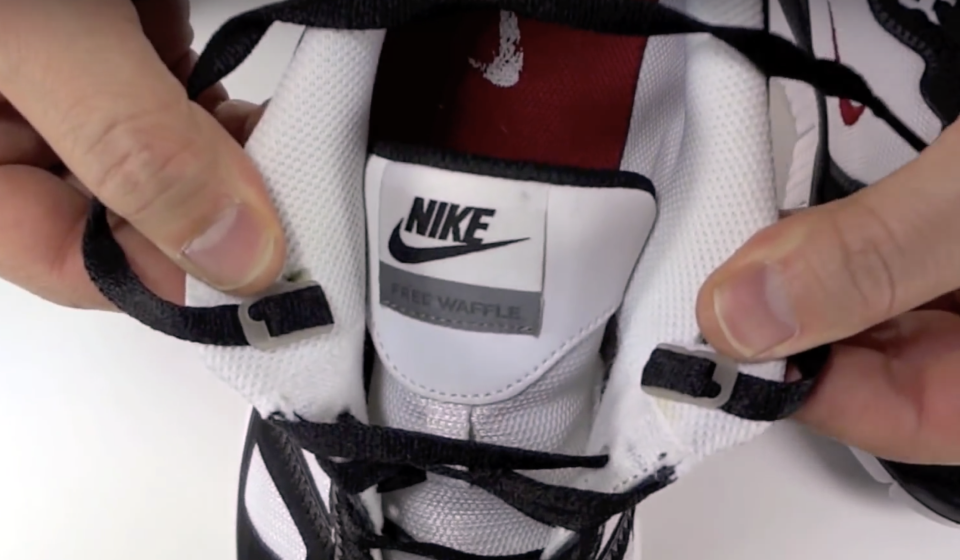
Once you’ve fastened the lace exactly to your preferred tension, you’re supposed to cut off the remaining six inches (or whatever) of lace.
Supposedly, your shoes are now slip-ons. The laces are locked forever at the tension you’ve selected, so you never have to tie them again.
The first time I tried them on my running shoes, they were secure, but they didn’t feel secure, because there was no longer a lace crossing the tongue. The tongue flopped out like a golden retriever’s. It looked and felt sloppy.
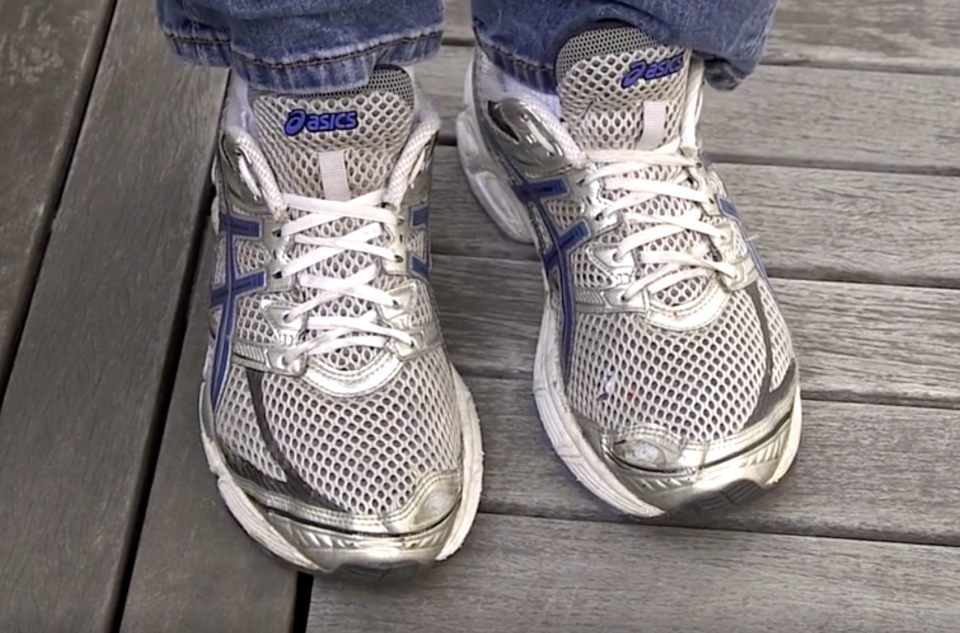
I left a question on the company’s website; no response.
Finally, I thought: Maybe I should lace all the way up to the rarely-used top hole, the one that’s nearly at your ankle.
That method solved the floppy-tongue problem, but now there was another issue: There’s no one tension that makes your shoes both secure on your feet and easy to get in and out of.
It makes sense if you think about it: One of the few virtues of laces is that you can make the shoe tight or loose on command, so you can get your feet in and out. Lace Anchors eliminate the option to loosen up your shoes, so getting them on becomes a struggle.
Hickies
I’m not entirely clear on why these shoelace replacements are named after the red mark you get when someone bites your skin or sucks hard. Not sure that’s the association I’d want with my product.
Anyway, Hickies, available in a range of colors ($18 a set), are rubber straps that loop through your shoelace holes and clasp shut. Once they’re installed, the thought goes, the “give” of the elastic makes it easy to slip your shoes on and off.
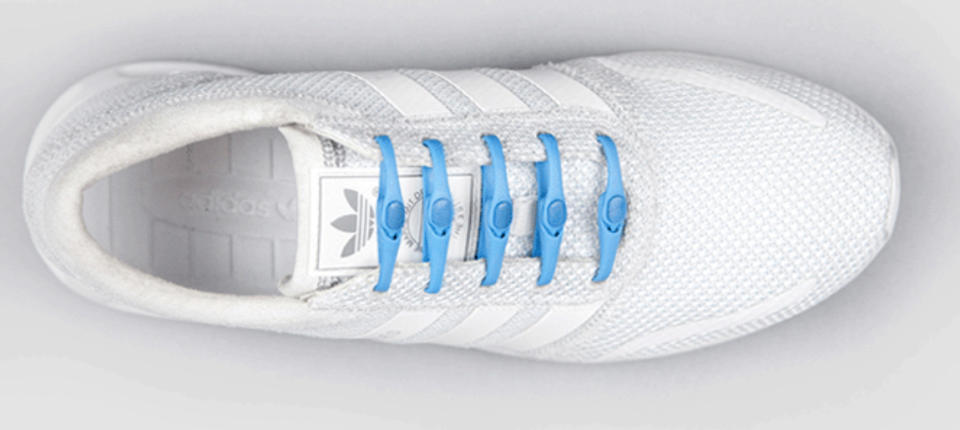
It’s a nice idea. The problem is that they’re all the same length. On my shoes, that means that the bottom holes wind up too loose. I wouldn’t want to run in them.
On the Hickies site, various diagrams show how you can thread the loops diagonally, rather than horizontally, to make them looser or tighter. With experimentation, you can probably find an arrangement that works, but it’s a fussy process.
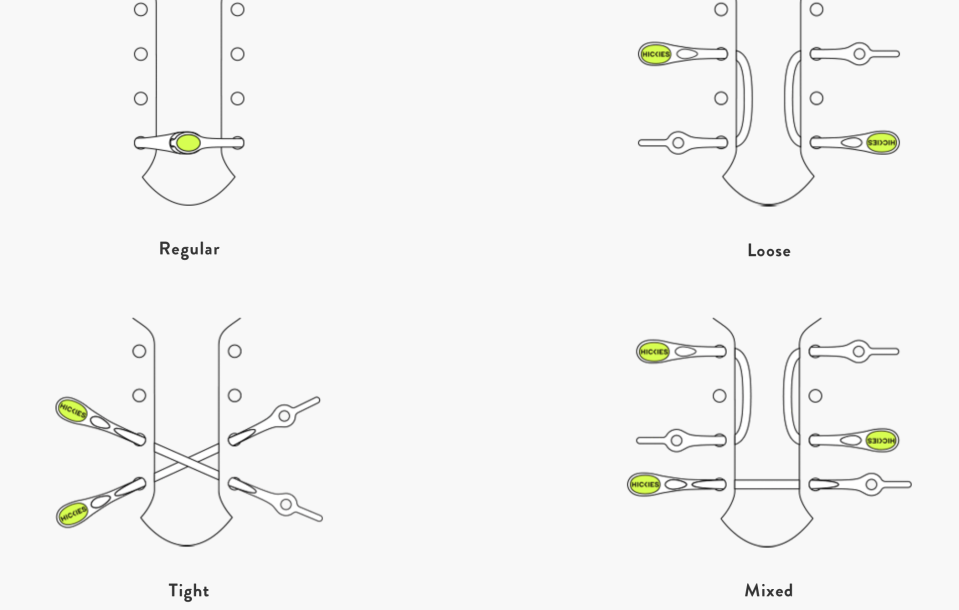
Zubits
Zubits are magnets. You install them by threading your laces through them.
At that point, after some fluffing and adjustment, you can fasten your shoes just by bringing the faces of the magnets together. You can buy them in three strengths (think Kids, Normal, and Extreme Sports); I found that the normal ones (strength 2) held incredibly firmly through walking, running, and silly fake dance routines.
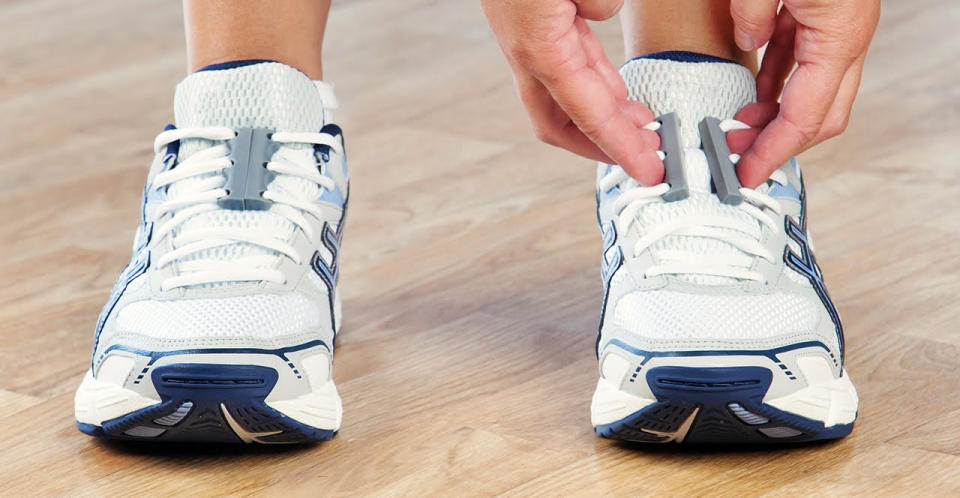
And yet—to get them off, you just step on your shoe’s heel and step out. The Zubits pop instantly and helplessly apart. Because the stepping-forward business stresses the bond at an angle, they give up their grip without so much as a whimper.
The ingenious part of the design is that all the magnetic force is on the connecting surfaces of the magnets. The rest of these metal blocks aren’t magnetic. They don’t, for example, attract paper clips as you walk through the office.
I love these guys, for one simple reason: they replace the tying business without replacing the open/shut cycle. In other words, you’re not locking your shoes into one tension, as with the Lace Anchors; you’re bringing the two sides of the shoe together just as you do when tying them. Except you’re doing it with a single, satisfying click!
The downside of the Zubits is that they look a little funny. They scream, “I’ve replaced shoelaces with technology!” And, at $22, they’re not cheap.
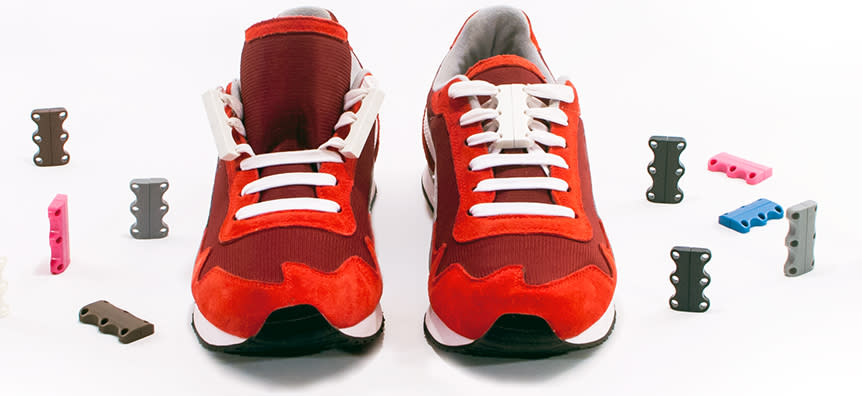
But they work beautifully, and they’re super fun to snap together and apart. I can think of many preschoolers, in particular, who’d be delighted with Zubits.
Lock Laces
Lock Laces replace your existing laces with elastic ones, which you secure at the top with a sliding spring-loaded clip.
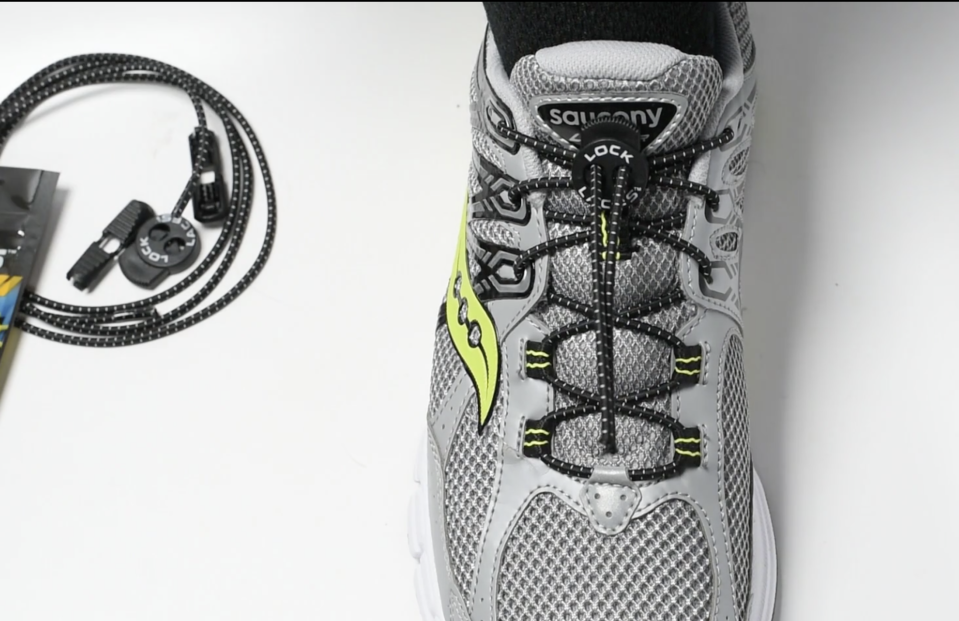
I wasn’t expecting much; at $8, these are the least expensive solution I could find. But this solution works perfectly. You can get more slack to put in your foot, and then briskly snug the shoe up with the clip.
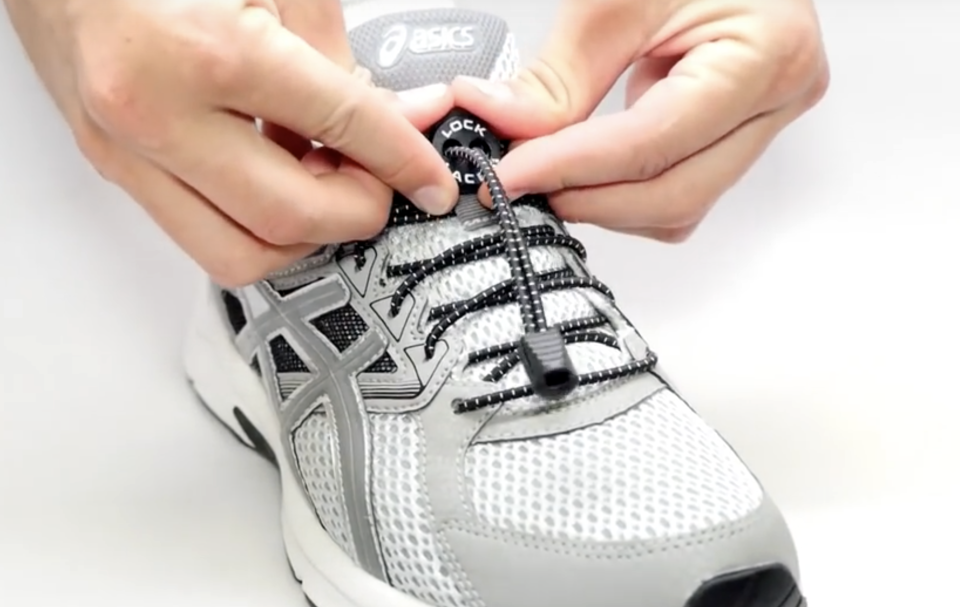
Better yet, the feeling of a LaceLocked running shoe is amazing. The embrace of your foot isn’t rigid, as with regular laces; there’s a certain flexibility, a sort of breathing as your foot moves. It feels great, and yet the shoe remains incredibly secure all the way down your foot.
Back to the Future
“Back to the Future II,” of course, exhibited a fantasy of the ultimate self-tying shoe:
Nike (NKE) later rose to the challenge by creating limited-edition pairs of the real-world Nike Air Mags in 2016, which came pretty close to the “Back to the Future” ideal: Step in, and the straps mechanically clinch. (Nike auctioned off the 89 pairs to benefit the Michael J. Fox Foundation for Parkinson’s Research.)
Nike says that it will continue to work on the self-tying shoe concept. In the meantime, I recommend the LaceLocks or the Zubits. OK?
Now that that’s taken care of, it’s time to move on to solving the next most pressing problems: the TV remote being too far away, your wallet being too full, and running out of ketchup packets for your fries.
More from David Pogue:
iOS 11 review: 99 hits, 1 miss
iPhone 8 reviewed: Nice, but nothing to buzz about
How Apple envisions life without a Home button
The $999, eyebrow-raising iPhone X: David Pogue’s hands-on review
iOS11 is about to arrive — here’s what’s in it
MacOS High Sierra comes this fall—and brings these 23 features
T-Mobile COO: Why we make investments like free Netflix that ‘seem crazy’
How Apple’s iPhone has improved since its 2007 debut
David Pogue, tech columnist for Yahoo Finance, is the author of “iPhone: The Missing Manual.” He welcomes nontoxic comments in the comments section below. On the web, he’s davidpogue.com. On Twitter, he’s @pogue. On email, he’s poguester@yahoo.com. You can read all his articles here, or you can sign up to get his columns by email.

 Yahoo Finance
Yahoo Finance 
